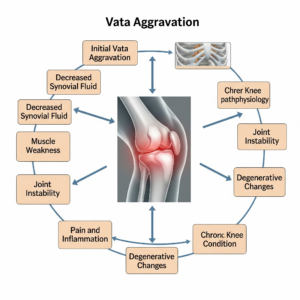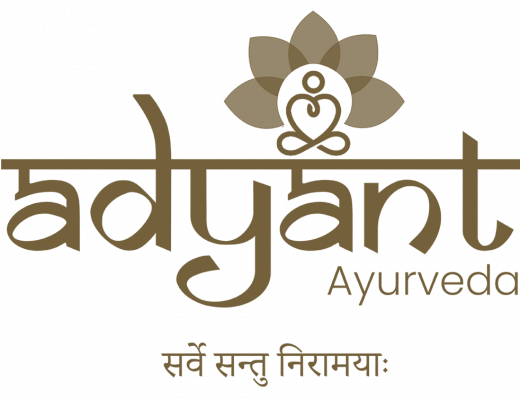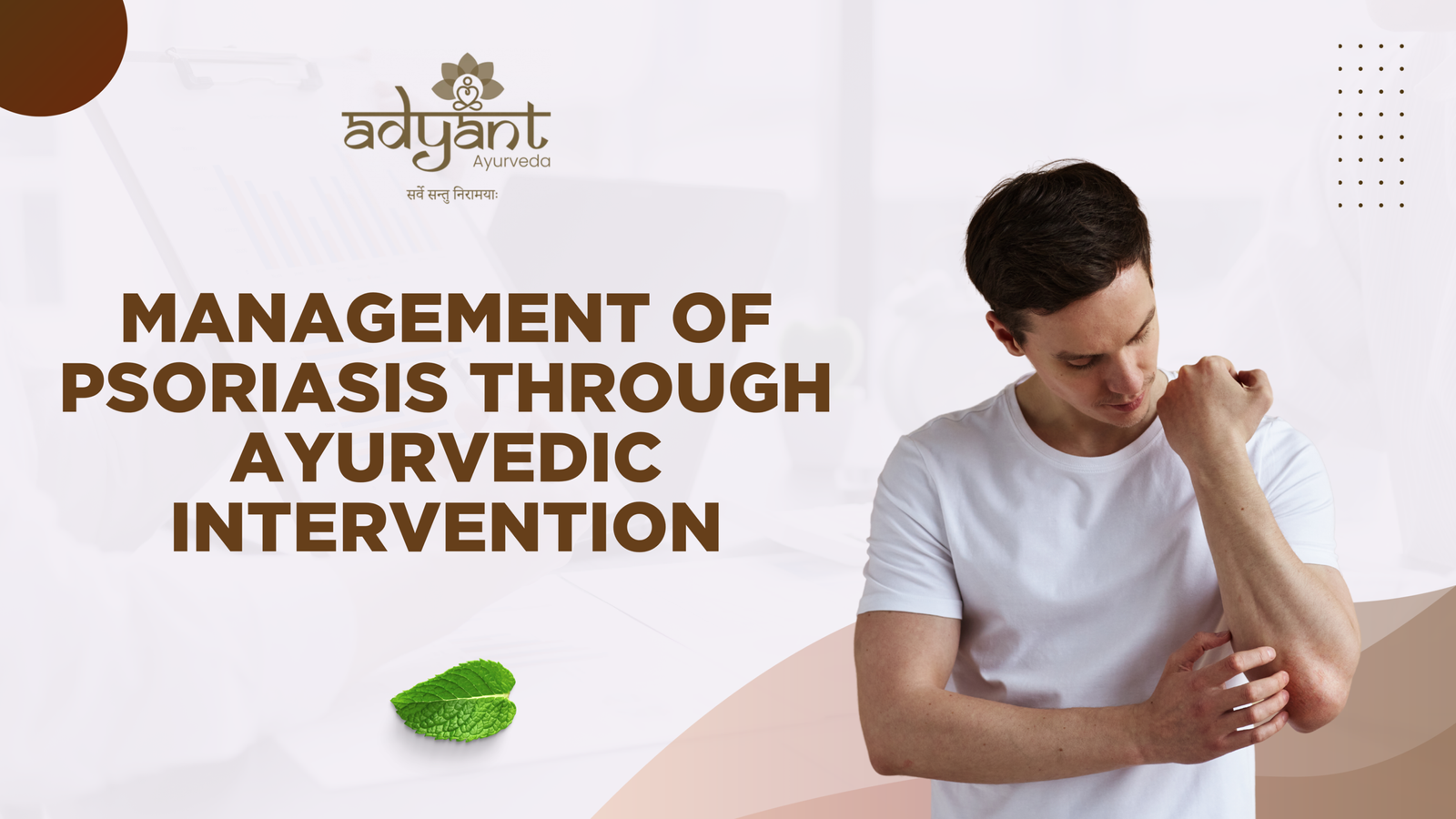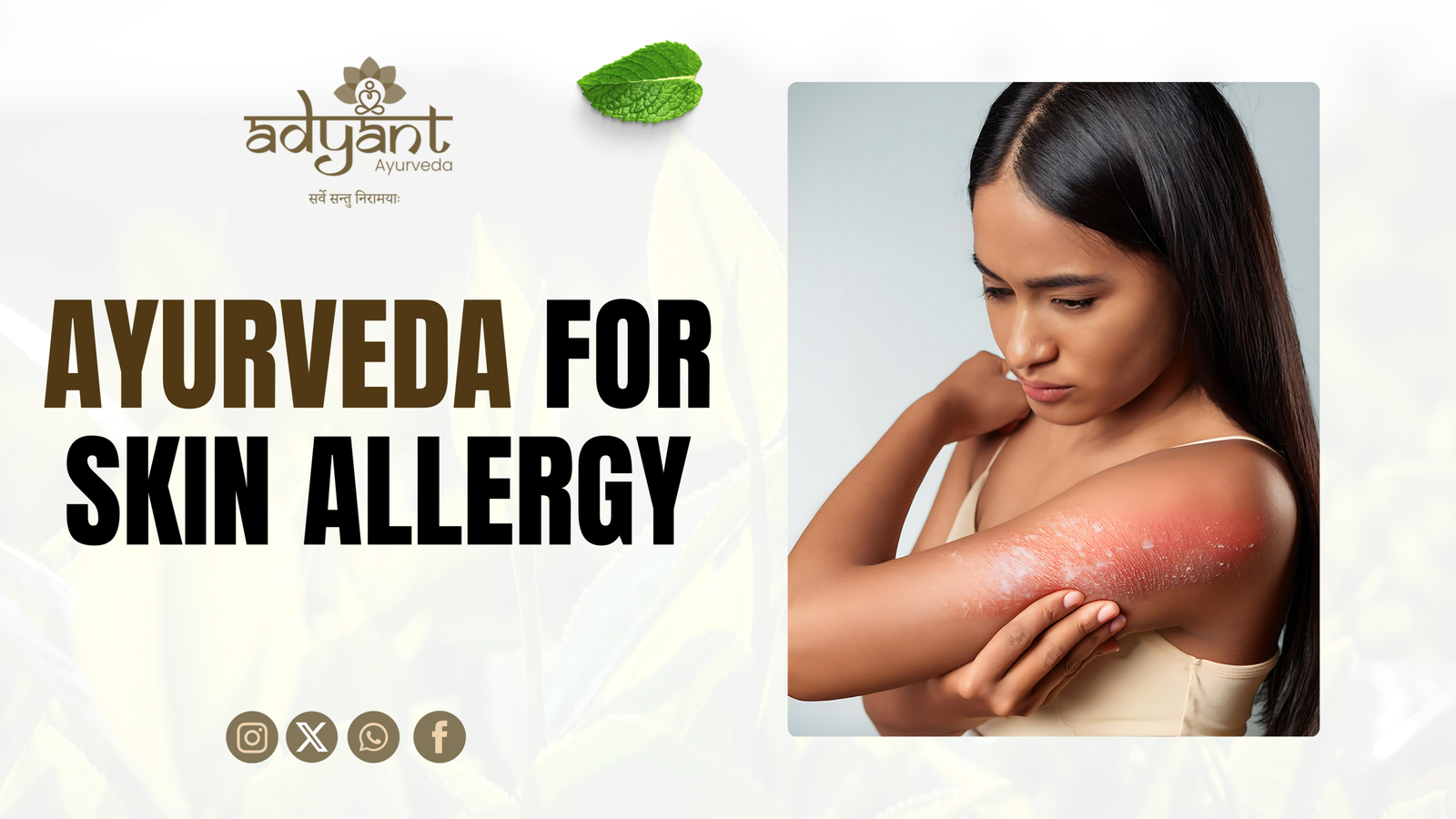Table of Contents
Toggle🦵Understanding Knee Pain in Ayurveda: A Complete Guide to Natural Healing
Knee pain is a common affects individuals of all ages, ranging from young athletes to the old age people. In modern life, sedentary habits, poor nutrition, and overuse of joints have contributed to the rising prevalence of knee issues. Here will discuss how Ayurvedic Treatment for Knee Pain helps to get rid of knee Pain
“Every step you take shouldn’t be painful. Ayurveda offers a path to freedom from joint pain—naturally, without surgery.”
“Knee pain is a common ailment affecting people of all ages. According to Ayurveda, it occurs due to an imbalance in Vata Dosha, leading to joint degeneration, stiffness, and inflammation. Ayurvedic treatment focuses on restoring balance, reducing pain.”
According to Ayurveda, knee pain is primarily caused by an imbalance in the Vata Dosha, which governs movement and dryness in the body. When Vata becomes aggravated, it leads to joint degeneration, stiffness, inflammation, and pain. Ayurveda focuses on restoring doshic balance, detoxifying the body, and strengthening bones and joints through holistic therapies and herbal remedies.
In this guide, we explore the Ayurvedic perspective on knee pain, its causes, symptoms, treatments, and success stories—empowering you with safe and effective alternatives to surgery.
🌿 Ayurvedic View on Knee Pain
As per Charaka Samhita, Sandhigata Vata is a Vata disorder that leads to pain, swelling, and restricted movement in joints. This closely resembles osteoarthritis and other chronic knee conditions.”
Snehanam (internal and external oleation) helps in restoring joint lubrication, reducing dryness and stiffness caused by aggravated Vata.”
In Ayurveda, Vata Dosha governs movement, dryness, and nerve impulses. When aggravated, it leads to:
Dhatukshaya (tissue degeneration)
Srotorodha (channel blockage)
Ama accumulation (toxic waste)
Stiffness, pain, inflammation, and crepitus
Ayurvedic treatment works by:
Balancing doshas (especially Vata)
Strengthening Asthi Dhatu (bone tissue)
Detoxifying the body (via Panchakarma)
Nourishing and lubricating joints

📚 Research on Ayurveda and Knee Pain
Scientific evidence supports the efficacy of Ayurvedic therapies in joint conditions:
A clinical study in the Journal of Ayurveda and Integrative Medicine found that Janu Basti and Virechana significantly reduced pain and improved mobility in patients with osteoarthritis.
A study published in the Journal of Research in Ayurvedic Sciences documented the recovery of a 60-year-old man with Grade IV osteoarthritis and obesity, using therapies like Udwarthanam, Jambeerapinda Sweda, Matra Basti, and Janubasti, helping him avoid surgery entirely.
Herbal extracts like Shallaki (Boswellia) and Guggulu have shown anti-inflammatory properties comparable to modern NSAIDs, without side effects.
🔍 Causes of Knee Pain and Their Effects
Osteoarthritis (OA) – Cartilage wear and tear due to aging or overuse
Rheumatoid Arthritis (RA) – Autoimmune inflammation affecting joints
Injuries – Meniscal tears, ligament rupture (ACL, MCL), fractures
Obesity – Excess weight puts strain on the knee joints
Vata Imbalance – Dryness, cracking, and degenerative changes
Ama (Toxins) – Accumulated metabolic waste causing inflammation
Repetitive Strain – Overuse from sports or occupational activity
Vitamin & Mineral Deficiencies – Especially calcium and Vitamin D
⚠️ Signs and Symptoms of Knee Pain
Pain during walking, standing, or sitting
Swelling, warmth, or redness over the joint
Joint stiffness, especially in the morning
Grinding or cracking sounds (crepitus)
Difficulty in bending, squatting, or climbing stairs
Knee instability or a “giving way” feeling
Deformity or restricted movement in severe cases
🔬 Pathophysiology of Knee Pain in Ayurveda
Ayurveda explains joint degeneration through the following mechanisms:
Dhatukshaya – Loss of bone and cartilage tissues
Srotorodha – Blockage in microchannels that nourish joints
Ama Accumulation – Leads to joint swelling and pain
Kapha Imbalance – Results in heaviness and fluid retention
Agnimandya – Low digestive fire promoting toxic build-up
Avarana of Vata – Obstructed Vata due to fat or Kapha blocking its pathways
🧘♂️ Key Ayurvedic Treatments for Knee Pain
A. Panchakarma Therapies
| Therapy | Purpose |
|---|---|
| Abhyanga | Oil massage improves circulation, reduces stiffness |
| Janu Basti | Warm oil retention on knees to reduce pain/inflammation |
| Swedana | Herbal steam for relieving stiffness and improving ROM |
| Virechana | Detoxification to reduce Pitta-Vata-related inflammation |
| Basti | Medicated enema – the most effective for Vata imbalance |
| Raktamokshana | Bloodletting to reduce swelling in inflammatory types |
| Lepam | Herbal paste application for localized pain and edema |
| Pizhichil | Warm oil stream for nourishment and lubrication |
| Nadi Swedana | Local steam therapy for targeted pain relief |
| Ksheeradhara | Cooling milk therapy to soothe joint inflammation |
“Marma Chikitsa (vital point therapy) is used in chronic knee pain to activate energy flow and reduce inflammation, especially near Janu Marma.”
B. Specialized Therapies for Ligament and Meniscal Injuries
Case Highlight:
A 24-year-old woman with ACL tear and medial meniscus damage recovered within 60 days through Ayurvedic treatment with:
Nagaradi Lepa – Reduces inflammation and swelling
Gandha Taila – Strengthens ligaments, given internally and externally
Mustadi Marma Kashaya – Boosts the healing of bones and ligaments
Janu Basti – Relieves joint pain and strengthens the area
C. Classical Ayurvedic Formulations
Arogyavardhini Vati – Metabolic detoxifier
Gokshuradi Guggulu – Reduces inflammation and improves renal function
Yogaraja Guggulu – Balances Tridosha and strengthens bones
Maharasnadi Kwatha – Ideal for chronic arthritis and back/knee pain
Asthiposhaka Tablets – Rejuvenates bones and cartilage
Vedanasamharikalpa Lepa – External pain-relief formulation with Shigru
🔎 Clinical Assessment Tools Used
WOMAC Index – Measures pain, stiffness, and daily function
VAS Scale – Patient’s subjective pain rating
Swelling Measurement – Pre- and post-therapy for visible progress
Range of Motion (ROM) – Assesses knee flexibility improvement
🌿 Ayurvedic Medicines and Herbs for Knee Pain
| Herb/Medicine | Key Benefits |
|---|---|
| Ashwagandha | Reduces inflammation, improves strength |
| Shallaki (Boswellia) | Anti-inflammatory for OA |
| Guggulu | Anti-rheumatic and detoxifier |
| Rasna | Reduces stiffness and pain |
| Guduchi | Boosts immunity, Rasayana |
| Dashamoola | Vata-pacifying, anti-inflammatory |
🏠 Ayurvedic Home Remedies for Knee Pain
Turmeric milk – Natural anti-inflammatory
Ginger tea – Enhances digestion and circulation
Warm sesame oil massage – Improves joint mobility
Fenugreek paste – Anti-swelling topical application
Garlic in mustard oil – Joint-strengthening massage
Epsom salt soak – Relieves muscular tension
Aloe vera + coconut oil massage – Cools and nourishes joints
🥗 Diet & Lifestyle Modifications
Avoid dry, cold, fermented, and junk food
Eat warm, fresh, oily, and cooked meals
Use ghee, sesame oil, and spices like turmeric, ginger
Practice gentle yoga like Setu Bandhasana, Virabhadrasana
Ensure proper sleep and avoid daytime naps
Avoid cold exposure, especially during winter
🧩 FAQs: Ayurvedic Treatment for Knee Pain
How long does treatment take?
4–8 weeks for visible results; chronic cases may take longer.
Are Ayurvedic medicines safe?
Yes, when prescribed and monitored by a qualified Ayurvedic doctor.
Can Ayurveda cure osteoarthritis permanently?
Ayurveda can halt progression, relieve pain, and enhance joint function.
Is Panchakarma essential for knee pain?
Highly effective, especially in chronic and degenerative cases.
What exercises are recommended during treatment?
Gentle yoga: Setu Bandhasana, Vrikshasana, Virabhadrasana.
Can I avoid surgery with Ayurveda?
Many patients have reversed knee degeneration and avoided surgery.
Are Panchakarma therapies painful?
No, they are relaxing and rejuvenating when performed correctly.
Can ligament tears heal with Ayurveda?
Yes, therapies like Gandha Taila and Janu Basti support healing.
What are the signs of Vata imbalance in joints?
Cracking sounds, dryness, pain in cold weather, and stiffness.
Are there any dietary restrictions during therapy?
Yes. Avoid sour, stale, fermented, and heavy foods.
✅ Conclusion- Ayurvedic Treatment for Knee Pain
Knee pain—whether from arthritis, injury, or autoimmunity—can be managed effectively and holistically through Ayurveda. From Panchakarma therapies and herbal medicines to personalized diets and lifestyle changes, Ayurveda empowers patients to regain mobility and avoid invasive surgery.
At Adyant Ayurveda, we offer expert consultations, personalized therapies, and healing programs that address the root cause of your joint issues.
📍 Visit us at our branches in Jayanagar, Indiranagar, Kalyan Nagar, and Rajarajeshwari Nagar.
📞 Call +91 9972541009 to book your consultation today and take the first step towards pain-free living!
You can also read
- Ayurvedic treatment for osteoarthritis
- Panchakarma treatment for osteoarthritis
- Ayurvedic treatment for Knee ligament tear and meniscus injury
- Ayurvedic treatment for arthritis
Referances
- Journal: Journal of Ayurveda and Integrative Medicine
Link: https://www.ncbi.nlm.nih.gov/pmc/articles/PMC3116297/ - Ayurveda for Osteoarthritis
Charaka Samhita – Sandhigata Vata, Vata Vyadhi – https://www.wisdomlib.org/hinduism/book/charaka-samhita
🛡️ Trust, Expertise & Safety – Why You Can Rely on Us
✅ Based on classical Ayurvedic texts like Charaka Samhita and Ashtanga Hridayam
✅ Supported by peer-reviewed clinical studies and modern research
✅ Reviewed and practiced by qualified Ayurvedic doctors
✅ Tailored for educational and informational purposes only
- No False Medical Claims: This content is meant strictly for educational purposes and does not substitute professional diagnosis or personalized treatment
Adyant Ayurveda brings over 24 years of clinical expertise, serving thousands of patients through authentic Ayurvedic care. Our experienced team ensures that every treatment recommendation is personalized, safe, and rooted in both classical wisdom and scientific validation.
Knee Pain Patient’s Voice After Treatment at Adyant Ayurveda
Medical Disclaimer: Always consult a certified Ayurvedic doctor or medical professional before beginning any treatment. For any health concerns, we strongly recommend consulting a certified Ayurvedic physician.









